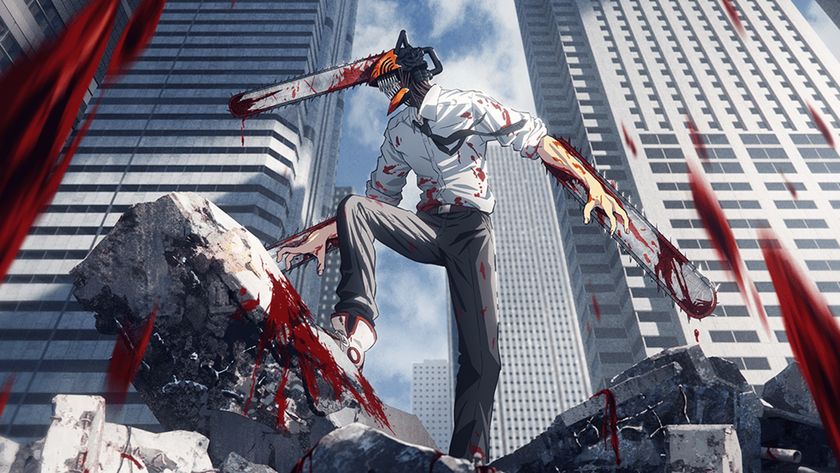Yu Suzuki's five finest moments
As legendary Sega man steps down, we celebrate his legacy
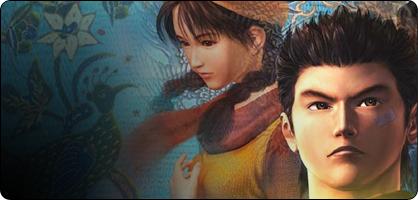
Maybe that doesn't bother you. Maybe you don't even know who he is. Well, as a comparison, if Nintendo fans heard that Shigeru Miyamoto was retiring (erm... despite all that Wii Fit/Music nonsense), the reaction would likely be the same.
So, as a tribute to one of the greatest visionaries the industry has seen (or is ever likely to see), and as a history lesson for anyone too young to remember, here are five of Yu Suzuki's greatest moments.
5) Creating the first proper 3D racing game

Back in 1992, the console wars were raging between Genesis and SNES. 2D games were getting really good, but in the arcade there was something new.Something exciting. Something so goddamn unbelievable we stood slack-jawed in awe as we saw the camera whoosh down through the rollover bar of an F1 racer, emerging behind the wheel without the slightest break in gameplay. It was the dawn of proper 3D gaming. And it was Yu Suzuki who made it wonderful.

Above: Not a patch on the graphics of GT5: Prologue, but plays better
Sure, we'd had some 3D games before, likeHard Drivin', but never like this. Never with ultra fast-moving 60 frames per second graphics. Never with eight players linked up over huge cabinets that incorporated extra monitors with TV-style camera views so spectators could enjoy the action too.
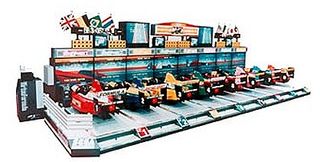
What's even more amazing is that the game still plays like a dream. While the pop-up in the distance, total absence of texturing (everything's flat-shaded with colour) and blocky scenery may look basic by today's standards, the track design, car handling and crash animations are still superb.
Sign up to the 12DOVE Newsletter
Weekly digests, tales from the communities you love, and more
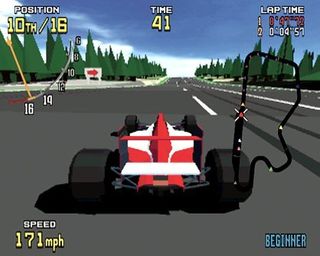
Above: Can you believe we got excited about aforest of triangles?
4) Coupling simplicity with cutting edge technology in Virtua Fighter
The same hardware that powered Virtua Racing was used for another of Yu Suzuki's games before the Model 2 arcade board superceded it, giving us the likes of Daytona USA (another of Suzuki's creations) and Sega Rally from AM#3. But before it was done, it gave us a real first. A 3D fighting game.
The impact this had on the gaming landscape cannot be underestimated. What you're looking at in the image below isn't just the face of Akira - it was the face of the future. Suddenly the pipe dream of 3D gameplay was here, and all the doors were flung wide open. Tekken and Soul Calibur would likely not exist as we know them if Yu Suzuki hadn't created Virtua Fighter.
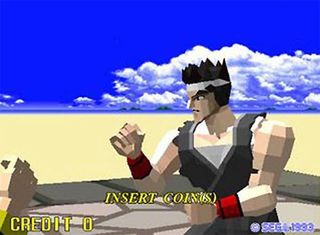
Above: Akira is still the main man in Virtua Fighter, only less pointy
But the game won't only be remembered for its 3D graphics. No, another of Suzuki's other gameplay features became a mainstay of Sega arcade games over the years- simplicity of control. It doesn't sound like much, perhaps even restrictive to give a fighting game just one punch button, one kick button and a button to block, but that's why the series was so successful.
The depth lies underneath, accessible through complex timing, directional inputs and combination strikes, yet the interface is so simple anybody can play and have fun - and that's exactly what Sega was all about.
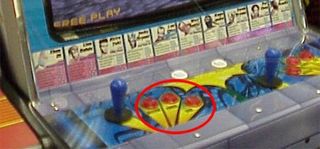
Above: The Virtua Fighter 2 arcade cabinet.Seems 3is a magic number
That formula may have worked just fine when we played home conversions on our Saturns and Dreamcasts, but it was the arcade where Suzuki truly excelled...
Justin was a GamesRadar staffer for 10 years but is now a freelancer, musician and videographer. He's big on retro, Sega and racing games (especially retro Sega racing games) and currently also writes for Play Magazine, Traxion.gg, PC Gamer and TopTenReviews, as well as running his own YouTube channel. Having learned to love all platforms equally after Sega left the hardware industry (sniff), his favourite games include Christmas NiGHTS into Dreams, Zelda BotW, Sea of Thieves, Sega Rally Championship and Treasure Island Dizzy.
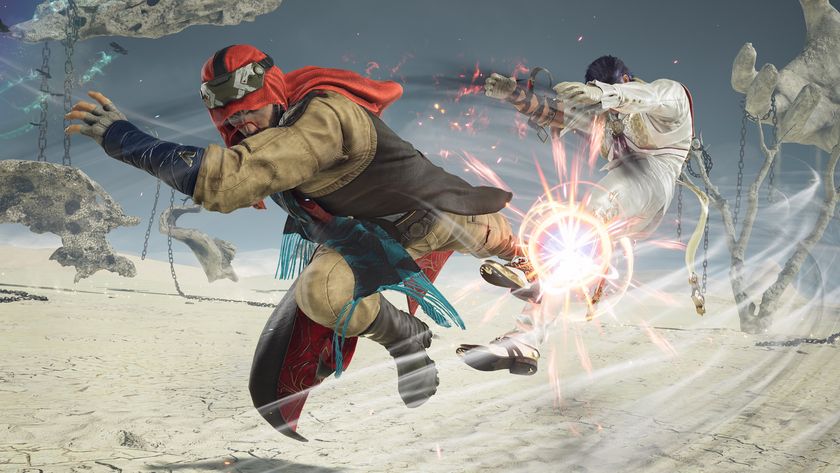
After preserving the AI ghost of a fan's late brother, Tekken 8 boss says it might be a glimpse of the future where you don't "need an opponent who is human that has the exact same skill level"

Super Smash Bros. Ultimate director "can't hope to compete with what doctors do," but he's content to "buff peoples' lives" with games

